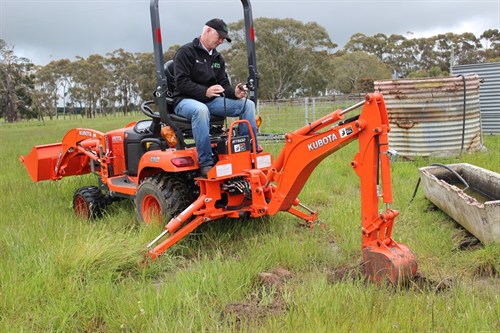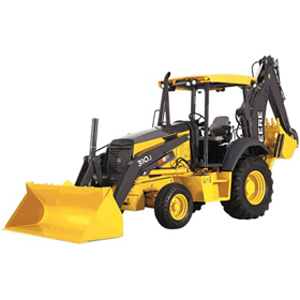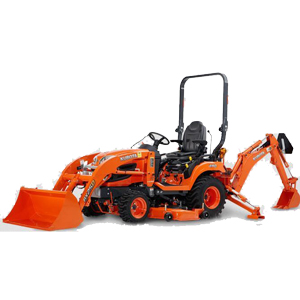Backhoe models are distinguished by characteristics such as total horsepower, dig depth, operational weight, and controls. Some elements also influence backhoe size: the larger the backhoe, the greater the operating weight, dig depth, and horsepower. Backhoe models of all sizes are available from manufacturers such as John Deere, CAT, CASE, and Kubota.
It’s critical to understand the limitations and requirements of the job you’re working on before deciding on a backhoe size. Small demolitions and excavations with a maximum depth of roughly 15 feet are everyday tasks where a backhoe might come in help. Most backhoes have a digging depth of 13-15 feet. If you find yourself approaching or exceeding your backhoe’s maximum depth, it’s essential to seek expert advice and/or assistance.
It is never a good idea to push a backhoe to its limitations. While a backhoe is not the largest piece of equipment, it can be challenging to operate for the novice or first-time operators. You might be ready to rent a backhoe, but be sure it’s the correct size for the task.
Choosing the proper size backhoe might be difficult if you are unfamiliar with the parameters manufacturers use to define the machine’s size. Before renting a backhoe, have a detailed strategy for your job. Understanding the depth you’ll be digging to and where you’ll be excavating may help you avoid misunderstanding when looking at backhoe sizes and brands. After you’ve planned out your project, you may ask yourself the following questions to help you choose the correct size backhoe:
- How much stuff must I move?
- Which terrain will I be working on?
- How deep do I need to go?
- Do I need to maneuver in confined spaces?
- How much time will I have to devote to this project?
These questions will assist you in determining the proper operational weight, dig depth, size, and horsepower required for the work.
Is it risky to employ a larger backhoe than necessary?
If you’re not used to operating equipment of this size and horsepower, operating a giant backhoe can be risky. If you want to utilize a larger backhoe than is required, keep the following in mind:
- Maintaining a level surface for the wheels
- Keeping a safe distance from the hole’s edge
- While moving, keep the weight near the ground.
- Staying in the proper seat inside the cab and fastening the seatbelt
Using a huge backhoe provides advantages, such as reducing tracks on the site and speeding up the procedure. Large backhoes, on the other hand, can weigh over 20,000 pounds and can do catastrophic damage to a person or a construction site if they roll or tip over. As a result, operating this equipment with extreme care and attention is critical to lowering the danger of harm.
Is it risky to utilize a smaller backhoe than necessary?
Yes, backhoes may become imbalanced if they carry more weight than allowed and dig deeper than suggested. Smaller backhoes have rigorous operating guidelines, and pushing them past their limitations can expose the operator and machine to a variety of hazards, including tipping, more tracks on the site, and resistance when operating. Small backhoes are ideal for minor jobs such as ponds or backyards. If you want to hire a backhoe for a DIY project, a compact backhoe with a digging depth of 13 feet and an operational weight of no more than 15, 432.36 pounds should suffice.
It’s critical to locate the appropriate match for you and your project before renting a backhoe. Going in blind and testing the limits may be perilous. Advice from construction professionals and manufacturers on equipment and how it works will help you plan for your next job.








